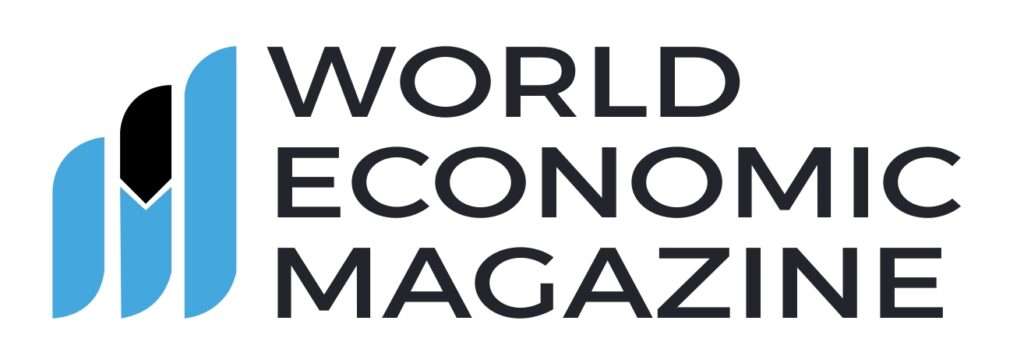
Emerging Market Bond Sales Face Challenges Amid Shifting U.S. Policies
The bond market landscape for emerging markets (EM) has faced turbulence as U.S. financial policies and rising Treasury yields present significant challenges. With the anticipated economic policies under President-elect Donald Trump emphasizing “America First,” investors remain cautious, influencing the pace and composition of EM bond sales.
Surge in EM Bond Sales at the Start of 2025
As 2025 began, emerging markets capitalized on market opportunities, pushing Eurobond sales to approximately $34 billion year-to-date, a 12% increase from the same period in 2024. The momentum was largely driven by investment-grade issuers, including Saudi Arabia, Mexico, and Slovenia. Lithuania is also set to join this group, planning a euro-denominated bond issuance.
In contrast, only one non-investment-grade issuer, Benin, entered the market, raising $500 million. This highlights a clear trend: higher-quality credits dominate the EM bond market, as riskier borrowers find it increasingly challenging to secure funding.
| Year | Total EM Eurobond Sales ($B) | Junk-Rated Borrower Sales ($B) |
| 2024 (YTD) | 30.4 | 6.4 |
| 2025 (YTD) | 34.0 | 6.0 |
Impact of U.S. Treasury Yield Movements
The yield on U.S. Treasury bonds has risen by more than 40 basis points over the past five weeks, reaching 6.84% for EM dollar bonds. Single-B rated borrowers, often seen as the weakest names, have experienced a sharper increase of 54 basis points. These movements have made borrowing more expensive for EM issuers, particularly for those with lower credit ratings.
Mohammed Elmi, a senior portfolio manager at Federated Hermes, highlighted that emerging markets are grappling with the potential impacts of a stronger U.S. economy, persistently high interest rates, and inflation. The “America First” policy mix threatens to exacerbate these challenges, potentially raising borrowing costs further.
Limited Options for High-Yield Borrowers
High-yield EM issuers face difficult decisions in this environment. Borrowers can:
- Pay a New-Issue Premium: Like Benin, issuers may offer higher yields to attract investors.
- Seek Institutional Financing: Countries such as Angola and Panama have used innovative solutions like repo operations and private loans to meet liquidity needs.
- Explore Alternative Markets: Pakistan, for instance, plans to issue yuan-denominated bonds, diversifying its funding sources.
Shift Toward Private Credit Markets
In light of rising yields, many high-yield borrowers are exploring private credit markets. These markets offer greater flexibility in terms of size and duration compared to public bond markets.
Marten Bressel of Frontier Investment Management Partners noted that private markets, bridge loans, and currency-specific issuances are becoming increasingly attractive options for borrowers unable to access public funding.
Challenges for Junk-Rated Issuers
Debt sales from junk-rated borrowers have seen a slow start in 2025, with only $6 billion raised so far—a 7% drop compared to the previous year and the weakest start since 2020. For example, Bahrain’s Arab Banking Corp. withdrew its bond issue after failing to offer yields attractive enough for investors.
This trend underscores the growing challenges for lower-rated issuers, particularly amid concerns about U.S. monetary policy and inflation.
Temporary Relief from Stabilized Treasury Yields
While the bond market faces headwinds, recent stabilization in U.S. Treasury yields has offered some relief. Ten-year yields have retreated to 4.6%, down from their recent 14-month highs. This has reignited hopes of potential Federal Reserve interest-rate cuts, which could ease pressure on EM bond markets.
Carmen Altenkirch, an analyst at Aviva Investors, believes that once U.S. Treasury yields stabilize further, EM issuers—particularly investment-grade borrowers—will return to the market, followed by high-yield issuers.
Broader Economic Implications
The difficulties in EM bond sales coincide with broader economic challenges in several regions. For instance:
- Malaysia: Bank Negara Malaysia is expected to maintain its policy rate at 3.00%, reflecting a cautious approach to economic recovery.
- South Africa: Inflation is projected to rise to 3.1%, driven by monthly price gains.
- Turkey: The central bank is anticipated to cut its policy rate to 45%, signaling efforts to stimulate economic growth.
- South Korea: GDP growth remains weak due to political instability, with a quarter-on-quarter increase of just 0.2% in Q4 2024.
Outlook for EM Bond Markets
Despite the challenges, analysts remain optimistic about the long-term prospects of EM bond markets. Stabilization in Treasury yields, combined with strategic borrowing alternatives, could pave the way for a more robust recovery in EM bond issuance.
However, the path forward will depend heavily on global economic conditions, U.S. monetary policy, and the ability of EM issuers to adapt to evolving market dynamics.
Emerging markets are navigating a complex financial landscape shaped by the rising U.S. Treasury yields and shifting policy priorities under the “America First” agenda. While investment-grade issuers continue to dominate the bond market, high-yield borrowers face mounting challenges. With innovative borrowing solutions and stabilization in global markets, EM issuers may regain momentum, underscoring the resilience and adaptability of emerging economies in a volatile financial environment.






